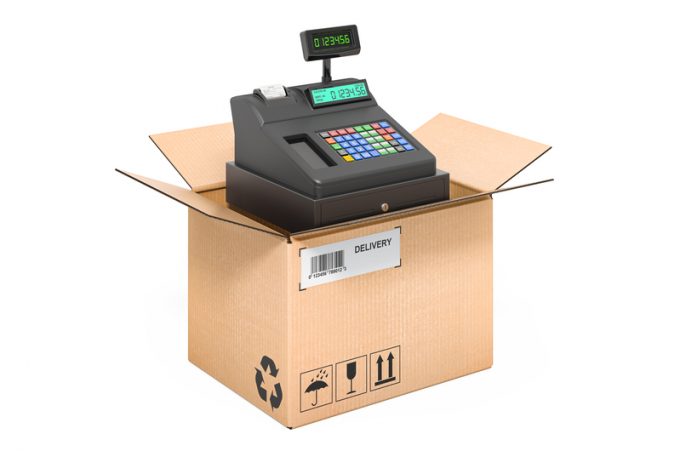FedEx: it sucks out there, forget inventory build-up
One positive: LTL spin-off…

FedEx is ringing in the next year on an aggressive note: the integrator has announced a general rate increase of 6.9%, its largest year-on-year rate increase.
Analysts had anticipated a rise of about 6% to compensate for elevated costs.
The move does not signal bullishness among FedEx top brass on the market outlook for next year; in light of the company’s recent slump in results, this looks more like part of an effort to stem the decline in earnings, they said.
If anything, ...
Volcanic disruption at Anchorage could hit transpacific airfreight operations
Macron calls for ‘suspension’ – CMA CGM's $20bn US investment in doubt
Forwarders stay cool as US 'liberation day' tariffs threaten 'global trade war'
De minimis exemption on shipments from China to the US will end in May
Shippers snap up airfreight capacity to US ahead of tariff deadline
Tighter EU import requirements proving 'a challenge' for forwarders
Looming Trump tariffs will create 'a bureaucratic monster' for Customs

Comment on this article